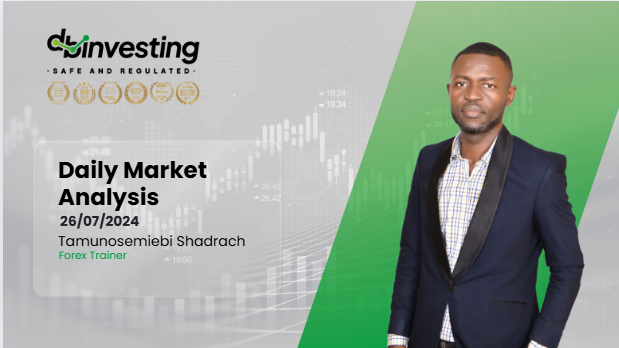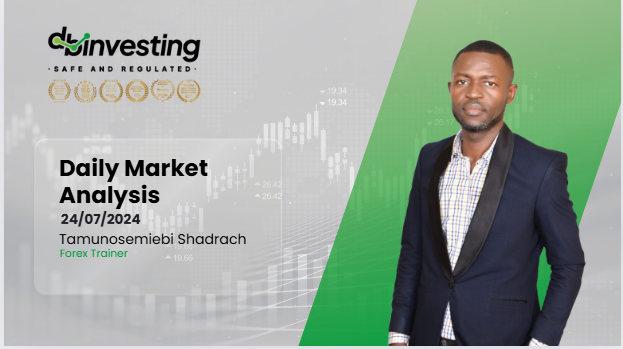Forex trading has become increasingly popular in recent years, with millions of traders worldwide participating in this lucrative market. However, trading forex requires knowledge of its trading hours, sessions, and holidays to capitalize on the market’s potential.
The forex market operates 24 hours a day, five days a week, making it accessible to traders from different time zones worldwide. Understanding forex trading hours, sessions, and holidays can help you develop a trading strategy that aligns with your schedule and maximizes your profits.
Forex Market Hours
The forex market operates 24 hours a day, five days a week, with trading sessions starting on Sunday at 5:00 PM ET and ending on Friday at 5:00 PM ET. However, not all trading hours are created equal. The market’s operating hours are divided into three major sessions: the Asian, European, and North American sessions.
Asian Session
The Asian session is the first to open, starting on Sunday at 5:00 PM ET and ending at 2:00 AM ET. This session is dominated by Japan, China, Australia, and New Zealand. Tokyo is the largest financial center in Asia, accounting for over 20% of global forex trading volume.
During this session, the yen (JPY) and Australian dollar (AUD) are the most actively traded currencies, with some traders also trading the New Zealand dollar (NZD) and Chinese yuan (CNY).

European Session
The European session starts at 3:00 AM ET and ends at 12:00 PM ET. This session is dominated by London, the largest forex trading center globally, accounting for over 40% of the market’s daily trading volume.
Other major financial centers in this session include Frankfurt, Zurich, and Paris. The euro (EUR), British pound (GBP), and Swiss franc (CHF) are the most actively traded currencies during this session.
North American Session
The North American session is the last to open, starting at 8:00 AM ET and ending at 5:00 PM ET. This session is dominated by New York, the second-largest forex trading center, accounting for over 20% of the market’s daily trading volume.
Other financial centers in this session include Toronto and Chicago. The US dollar (USD) and Canadian dollar (CAD) are the most actively traded currencies during this session.

Forex Holidays
Forex holidays are days when financial institutions, including banks and forex markets, are closed. These holidays can impact forex trading hours and trading activity, making it essential to keep track of them to avoid any inconvenience. The forex market observes several holidays, including national holidays and bank holidays in different countries.
Christmas and New Year’s Holidays
Christmas and New Year’s holidays are the most significant forex market holidays globally. These holidays affect trading activity in major financial centers, including London and New York, reducing liquidity and trading volume.
It’s essential to adjust your trading strategy during these holidays, as trading opportunities may be limited due to the low volatility and trading volume.
Easter Holidays
The Easter holiday also affects forex trading activity, primarily in Europe. This holiday includes Good Friday and Easter Monday, which can impact liquidity and trading volume during the European trading session.
National Holidays
National holidays, such as Independence Day in the United States, can impact forex trading activity, primarily in the country where the holiday is observed. These holidays can cause reduced liquidity and trading volume, making it essential to adjust your trading strategy accordingly.
When is the Best Time to Trade Forex?
The best time to trade forex depends on several factors, including market volatility, liquidity, and geographical location. Each trading session has unique characteristics that can impact your trading strategy.
Volatility
Volatility is a measure of how much a currency pair’s price fluctuates over a particular period. High volatility presents opportunities for traders to make profits quickly, while low volatility presents a calm market that may be more suitable for long-term trading strategies.
The European and North American sessions are typically the most volatile, with major economic news releases impacting market prices.
Liquidity
Liquidity refers to the market’s ability to facilitate large trading volumes without significant price movements. High liquidity presents opportunities for traders to enter and exit trades easily, reducing the risk of price slippage.
The North American trading session typically has the highest liquidity, making it the most popular session for forex traders.
Geographical Location
Geographical location is an essential factor when choosing the best time to trade forex. Traders in different time zones may have different trading sessions that align with their schedule. Understanding the different trading sessions can help you choose the most suitable session for your trading strategy.
Conclusion
In conclusion, understanding forex trading hours, sessions, and holidays is essential for any forex trader. The forex market operates 24 hours a day, five days a week, with three major trading sessions: Asian, European, and North American.
Each trading session has unique characteristics that can impact your trading strategy, including volatility and liquidity. Additionally, forex holidays can impact trading activity and should be taken into account when developing your trading strategy. By considering these factors, you can choose the best time to trade forex and maximize your profits.



